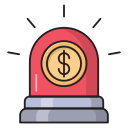
Emergency Fund Planning: Tips for Beginners
Chosen theme: Emergency Fund Planning: Tips for Beginners. Start building a calm financial buffer with simple steps, relatable stories, and practical habits that make saving feel encouraging instead of intimidating. Subscribe and share your first milestone so we can cheer you on.
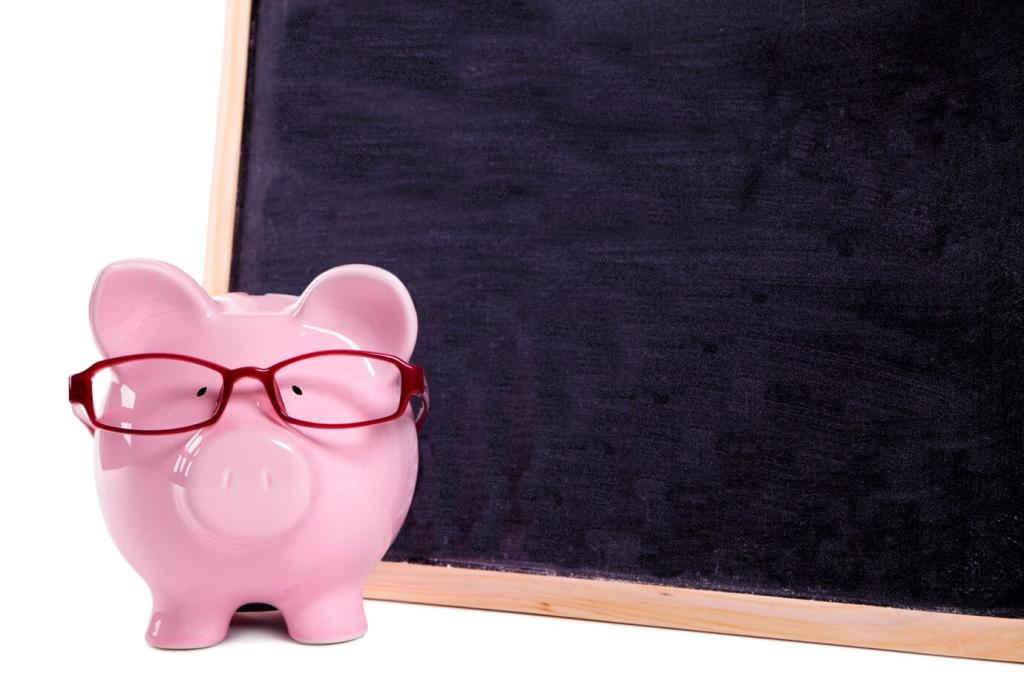
What truly counts as an emergency?
Job loss, medical bills, essential car repairs, or sudden housing costs qualify. Concert tickets, last-minute vacations, and upgrades do not. Defining emergencies before they happen helps you act fast, avoid debt, and keep your savings aligned with real-life priorities and values.

The quiet psychology of a safety buffer
Knowing you have even a small cushion reduces anxiety and decision fatigue. Many surveys show roughly half of people cannot cover a $1,000 surprise, which fuels stress. A basic fund improves sleep, confidence, and clarity when life throws a curveball you never expected.
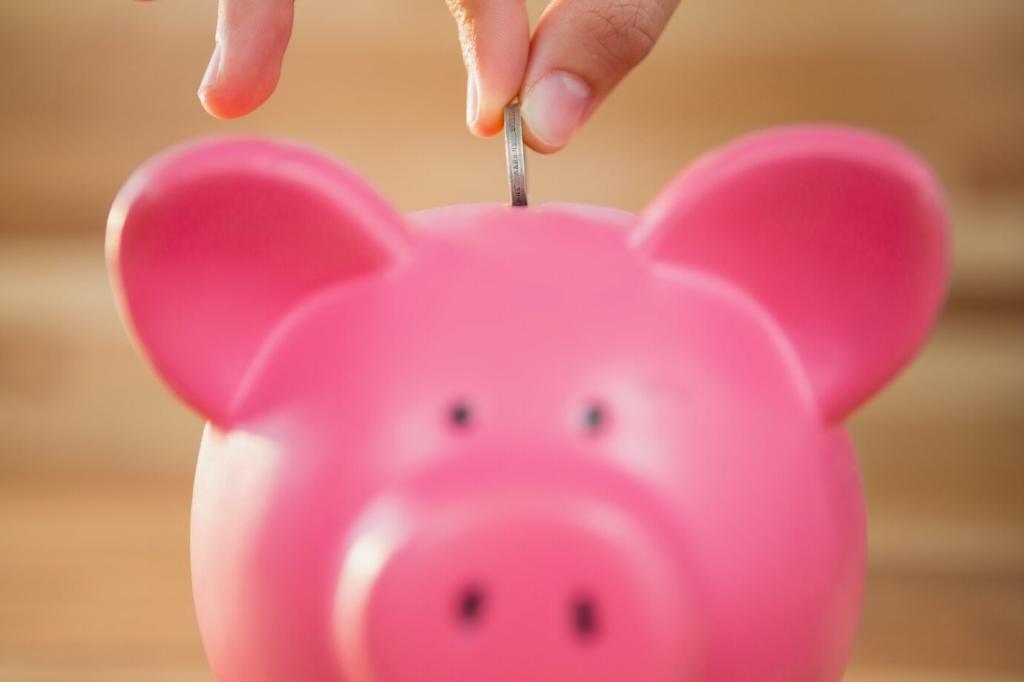
A quick story: the flat tire that didn’t become credit card debt
Maria kept $700 in a separate account. When a morning commute ended with a shredded tire, she paid cash, arrived late but calm, and skipped the 25% interest trap. That tiny buffer turned a bad day into a normal one, no spiral of fees and stress.
Setting Your First Target
Your starter cushion: the first $500–$1,000
Aim for a quick starter goal you can reach in weeks or a few months. A $500–$1,000 buffer covers many common surprises, like copays or repairs, and builds momentum. Celebrate this milestone loudly—it proves the system works and fuels the next step.
Scaling to three to six months of essentials
After your starter fund, calculate bare-bones monthly expenses: rent, food, utilities, transportation, insurance, and minimum debt payments. Multiply by three to six. Use a tracker to watch the gap shrink and adjust your target as your costs or life circumstances change.
Special cases: freelancers, caregivers, and new grads
If your income fluctuates, lean toward six to nine months. Caregivers may want extra padding for medical or time-off needs. New grads can start tiny—think $20 weekly—then increase automatically with every raise. Your life season shapes your emergency fund number and timeline.
Where to Keep Your Emergency Fund
Choose an FDIC- or NCUA-insured high-yield savings account with no monthly fees. Interest won’t make you rich, but it preserves purchasing power. Link it to your checking for easy transfers, and nickname the account “Emergency Fund” so its purpose stays front and center.
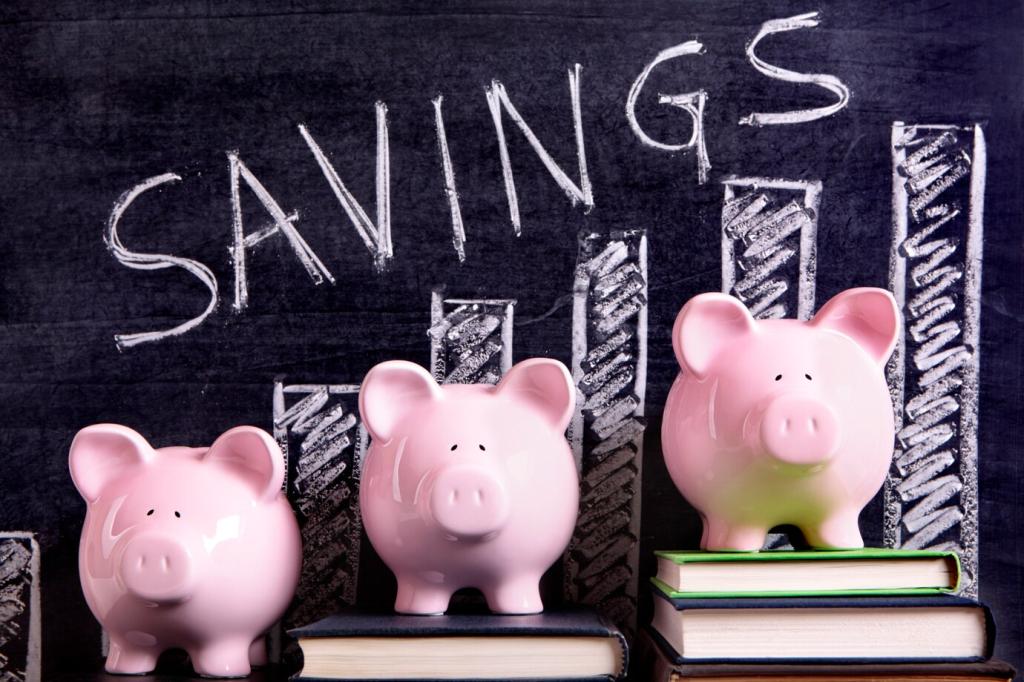
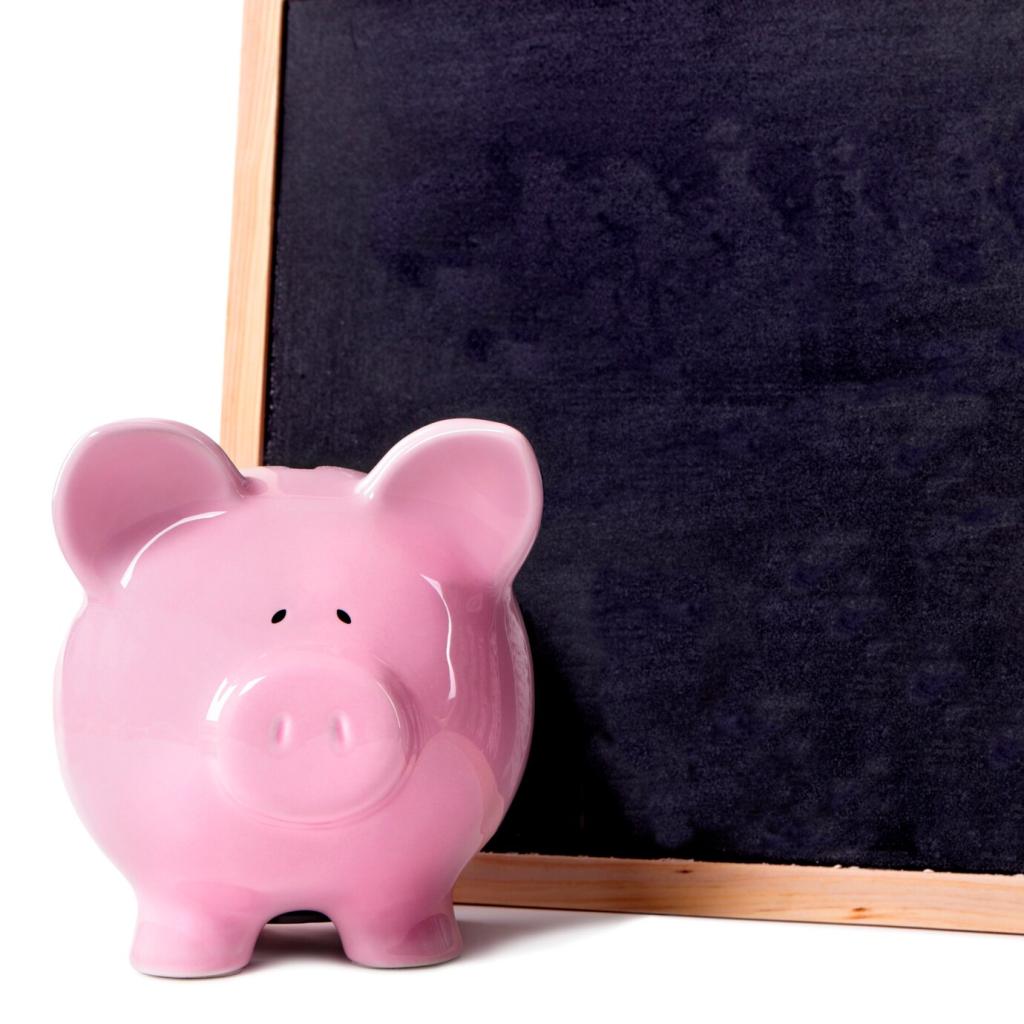
Where to Keep Your Emergency Fund
Keep the account at a separate bank or credit union to add a tiny layer of friction. You want access within one to two days, but not so instant you dip for non-emergencies. Turn off debit cards and ATM access to prevent impulse withdrawals when moods swing.
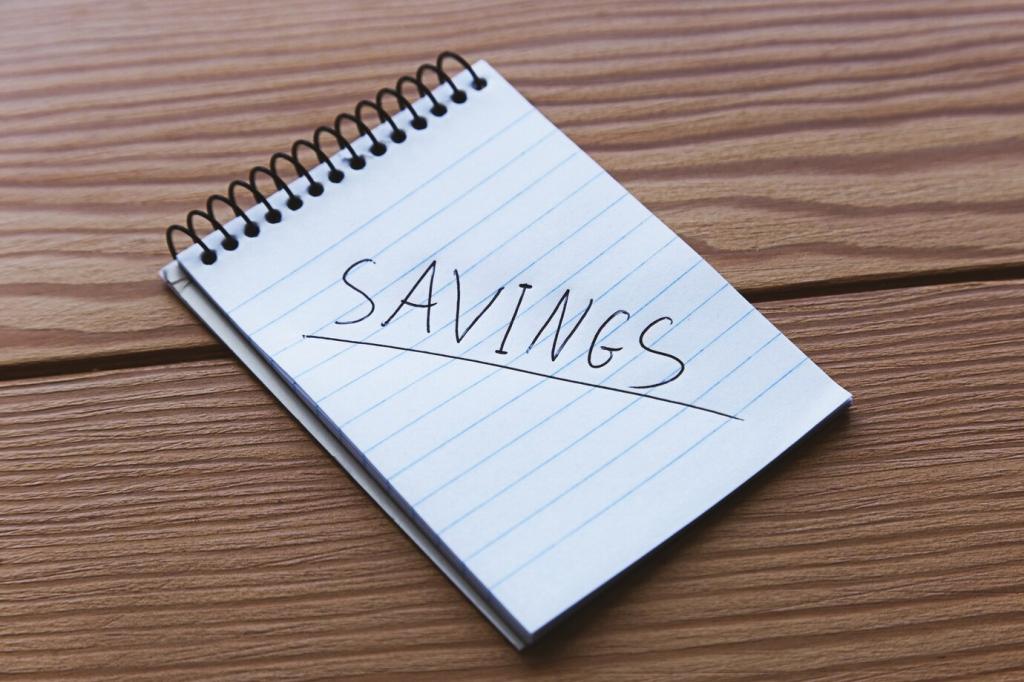
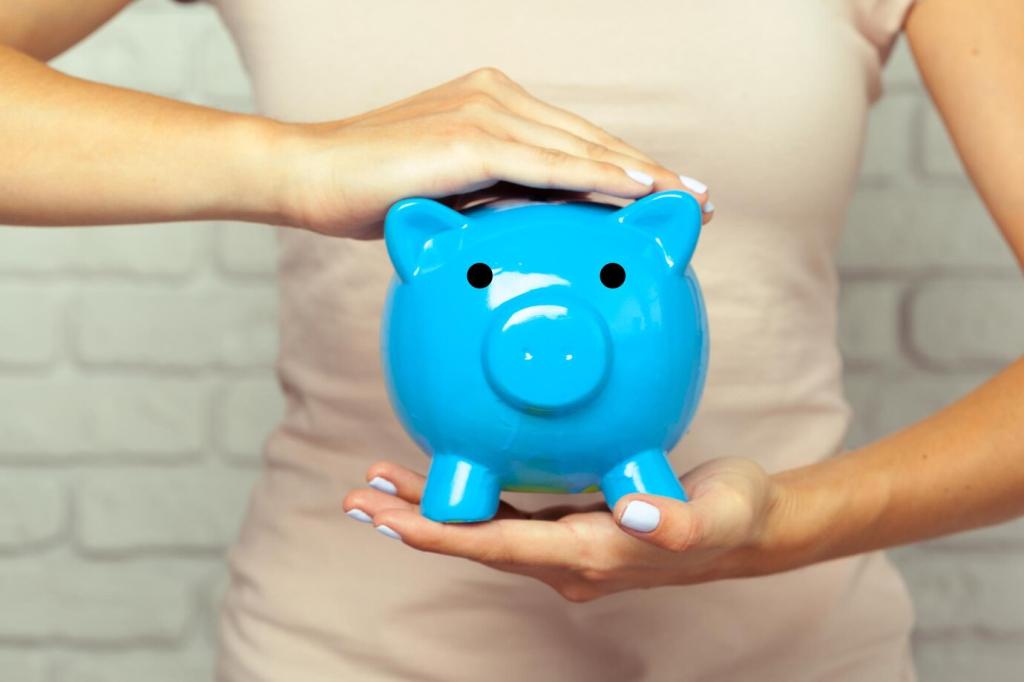
How to Build It—Even on a Tight Budget
Set a weekly automatic transfer—$10, $20, or $25—to your emergency account. It’s easier to stick with small, frequent moves than one big monthly hit. Pair it with payday so you never see the money in checking and reduce the urge to spend it.
How to Build It—Even on a Tight Budget
Tax refunds, bonuses, marketplace sales, and cash gifts can fast-forward your progress. Decide a set percentage—like 50%—goes directly to your emergency fund. Pre-commitment prevents backtracking and turns irregular income into predictable leaps toward a stable, well-funded safety net.
Rules for Using and Refilling Your Fund
When you should tap the fund
Use it for essential, unexpected, urgent needs: safety, health, shelter, transportation to work, or temporary income gaps. If you can plan for it, budget or sink-fund instead. Before withdrawing, pause for twenty-four hours and document the reason to keep decisions thoughtful.
Refill plan: treat it like a bill
After a withdrawal, resume or increase your automatic transfers until the balance returns to target. Consider pausing nonessential spending temporarily. Mark the refill date on your calendar and share it with a friend for accountability, then celebrate when you cross the original milestone again.
Guardrails: name it, separate it, celebrate it
Give the account a motivating nickname, keep it fully separate from checking, and set balance alerts. Celebrate every $100 step with a low-cost ritual, like a homemade dinner or a nature walk. Positive reinforcement strengthens habits and helps you stick with your emergency fund plan.
Budget Moves That Free Up Cash Fast
Explore rooming, refinancing, or negotiating rent at renewal time. Carpool, transit, or bike twice a week to lower gas and parking. Batch-cook simple meals. A few structural tweaks can free more cash than dozens of tiny sacrifices scattered across your already busy month.

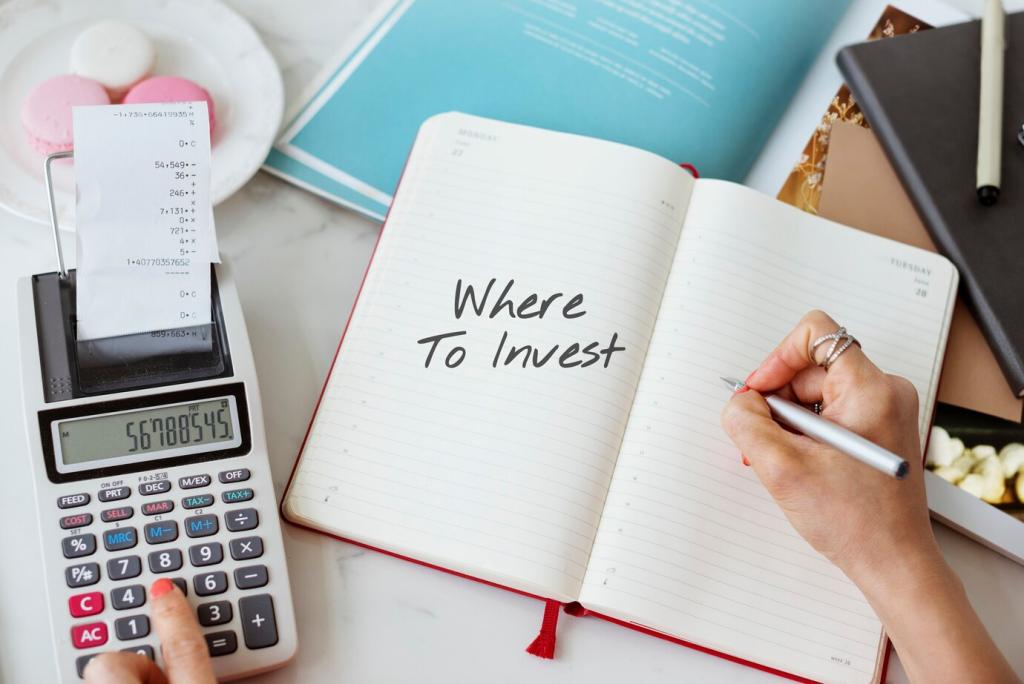
Budget Moves That Free Up Cash Fast
Audit your statements for auto-renewals, unused apps, and bank fees. Cancel ruthlessly, then redirect those dollars via automatic transfers. Share your best cancellation win in the comments—your tip could help someone else hit their emergency fund goal weeks earlier than expected.
Common Pitfalls—and How to Dodge Them
Blending accounts makes it too easy to spend accidentally. Open a dedicated account with a clear nickname and limit access points. Visual separation protects your decisions, reduces temptation, and makes your balance feel like a milestone worth guarding every single week.
Common Pitfalls—and How to Dodge Them
A slightly higher yield is nice, but switching constantly can disrupt automation or cause withdrawal delays. Pick a solid, insured account and focus on consistent contributions. The habit builds faster than any tiny rate difference, especially in your first few months of saving.
Common Pitfalls—and How to Dodge Them
Thinking “it won’t happen to me” is expensive. Jobs change, appliances fail, and life surprises everyone. Set a realistic target, review it quarterly, and practice using and refilling the fund. Share your plan with a friend and subscribe for weekly tips that keep you accountable.
